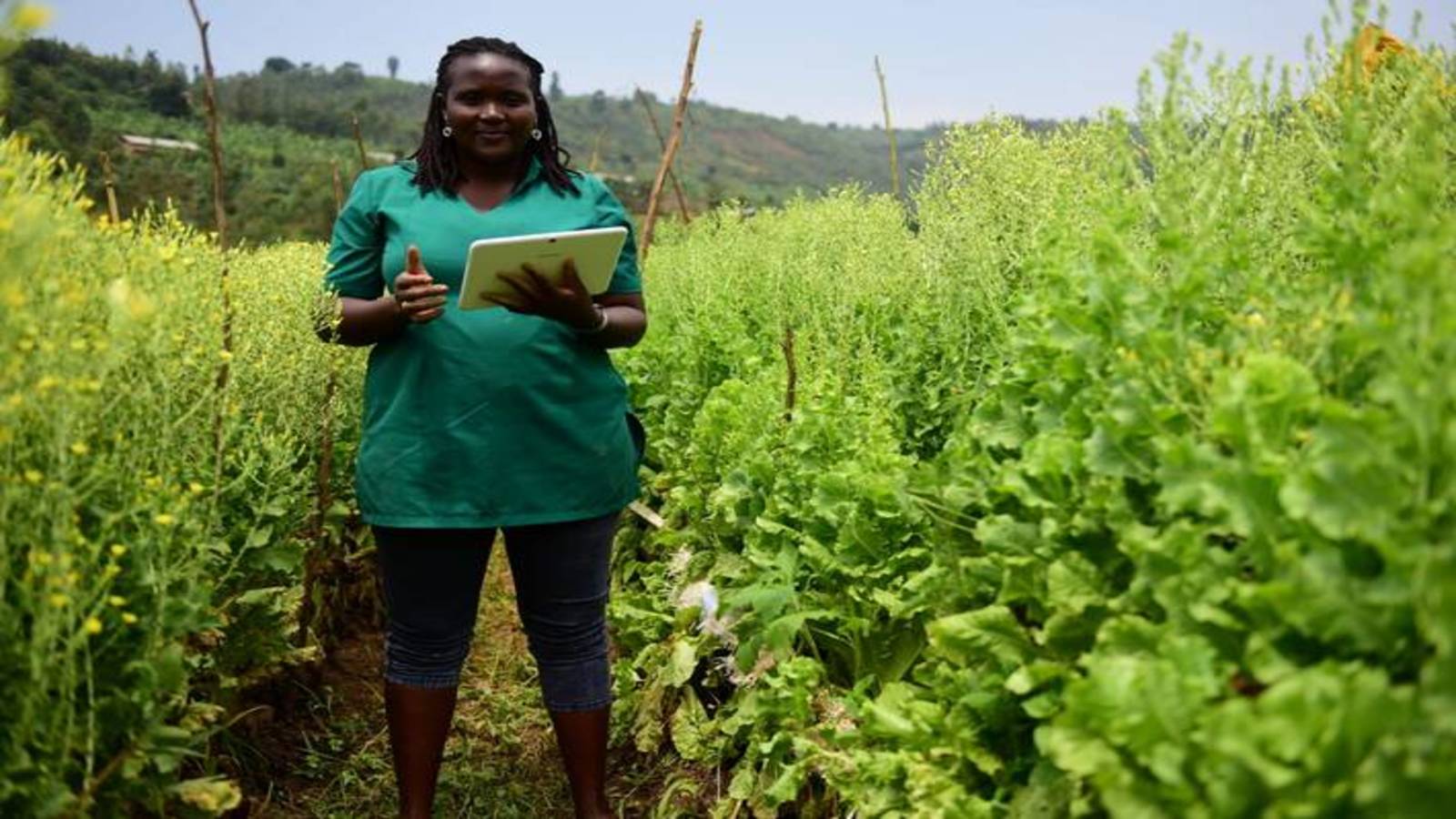SOUTH AFRICA – Africa’s largest diversified packaging manufacturer, Nampak has announced the completion of sale of its glass packaging business.
In September 2019, Nampak announced its intention to sell Nampak Glass – which manufactures beer, spirit and wine, water and juice bottles, as well as food jars to Isanti Glass 1, a local subsidiary of beer maker AB InBev for about R1.5 billion (US$81.3m).
“The proceeds were received in cash on 31 March 2020,” the company said in an update to shareholders.
Nampak previously said the payment would consist of R992 million (US$53.7m) for the property, plant and equipment of Nampak glass, plus the value attributable to the agreed levels of net working capital of the business at the closing date, which was estimated to be R500 million (US$27.1m).
The Competition Tribunal of South Africa approved the sale of the business in February.
For Nampak, the sale was earmarked to improve the company’s gearing by reducing its debt levels and enable it to focus on the metals business, which generates more than 60% of the company’s trading profit.
The glass business is one of two, primary glass container manufacturers in SA servicing beverage and food manufacturers, with an estimated market share of 25%.
In its 2018 annual report, Nampak said it had decided to dispose of the glass business “because its financial returns have failed to meet required levels due to inadequate skills, high expenditure and high fixed costs.”
The group had about R5.7bn (US$309m) in net borrowings as of its year to end-September, and is using recent sales to focus on its dollar-denominated debt, payments of which are under threat from a weaker rand.
The group’s debt levels compare unfavourably with its market capitalisation of R779m (US$42.2m) as of Thursday, 2nd April 2020.
The group recently revealed its net debt-to-earnings before interest, taxation, depreciation and amortisation (ebitda) has been relaxed to 3.5 times from three times with effect for its six months to end-March, due to the threat of a weaker rand and delays from proceeds from recent sales of assets.










